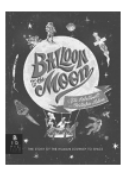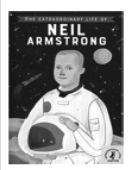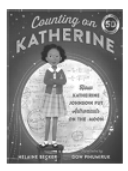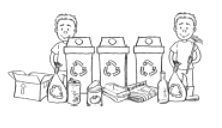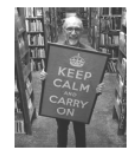A
Here are some books about space travel. Take a trip to the Moon and beyond with these encouraging reads.
Balloon to the Moon
Long before anyone had designed a rocket, the Montgolfier brothers were making hot air balloons. In October 1783, they became the first people to experience controlled flight. Balloon to the Moon starts there and leads to Neil Armstrong's "small step" and beyond. Learn about all the progress of the space travel, then get ready for an unknown but exciting future. | The Extraordinary Life of Neil Armstrong
Neil Armstrong made history in 1969 when he became the first person to set foot on the Moon. From his childhood playing with model planes to becoming one of the most famous astronauts of all time, discover the wonderful story of Neil Armstrong's life in this book. It has lots of facts and pictures, and shows the key events in his life. |
To Space& Back
Sally Ride became the first American woman in space in 1983. In this book, Sally shares her personal experience of traveling into space. From discussing the experience of living and working in space to explaining how astronauts train and adapt (适应) to their new environment, she talks about her journey through space. | Counting on Katherine
This encouraging book tells the story of Katherine Johnson who has a gift for math. She helped make the historic Apollo 11 moon landing possible and made sure that Apollo 13 returned home safely when the mission (任务) was in danger. |
1.Who first experienced controlled flight in October 1783?
A.The Montgolfier brothers. B.Katherine Johnson.
C.Neil Armstrong. D.Sally Ride.
2.If a girl is interested in women astronauts' life in space, she will probably read ________.
A.To Space& Back B.Balloon to the Moon
C.Counting on Katherine D.The Extraordinary Life of Neil Armstrong
3.What did Katherine Johnson do?
A.She designed the first rocket. B.She recorded key events of space travel.
C.She explained how astronauts trained for space travel. D.She helped make the Apollo 11 moon landing possible.
